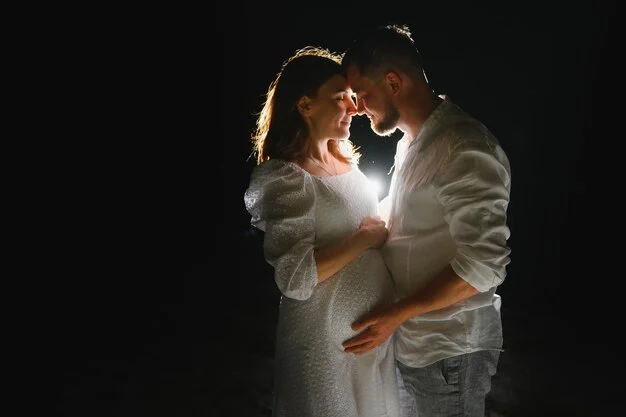As Halloween approaches, you might come across that charming Indian costume at a big-box store. With its faux-leather dress and matching braids, it may seem like the perfect outfit for your little one to channel a character like Pocahontas. You might think, “How adorable!”—especially if you plan to wear her on your back for trick-or-treating. But before you make that choice, let’s take a moment to consider the implications.
Dressing up as an Indian, or any cultural figure, is not just playful fun; it’s an act of cultural appropriation. This term refers to members of a dominant culture adopting elements from a marginalized culture, often without understanding or respecting its significance. The perception among many American Indians is that these costumes perpetuate stereotypes and trivialize their rich and diverse cultures. It’s important to recognize that when you dress your child in such a costume, you are reducing a complex cultural identity to a mere caricature.
Moreover, the diversity among American Indian tribes is vast. Cultures are not monolithic, and the way one tribe practices its traditions might differ significantly from another. By lumping all these cultures into one “Indian” costume, you risk offending many and misrepresenting a rich tapestry of history and tradition.
Let’s put this into perspective: Would it be acceptable to dress up as an Australian or an African in the same way? The answer is a resounding no. Just as you wouldn’t dream of dressing your child in a way that mocks or stereotypes another race, the same courtesy should extend to American Indians.
Imagine running into an actual American Indian elder while your child is donning a costume that trivializes their heritage. How would that encounter unfold? The costume might symbolize centuries of oppression and cultural erasure, something we should all be more aware of, especially as we consider the impact of our choices on the perceptions of future generations.
Additionally, many Halloween costumes for women often sexualize these representations, which is problematic given the historical context of violence against American Indian women. This is not just a style choice; it reflects a culture where sexual assault has been used as a weapon. It’s crucial to approach such topics with sensitivity.
In a world that is becoming increasingly conscious of cultural respect, it’s essential to recognize the implications of your costume choices. Dressing as an Indian reinforces damaging stereotypes and undermines the struggles and successes of a community that has faced tremendous challenges.
For those looking for more insightful discussions on cultural sensitivity, you can check out this related blog post. If you’re exploring at-home insemination options, reputable retailers like Make a Mom offer practical solutions. Additionally, CCRM IVF provides excellent resources on pregnancy and home insemination, making it easier to navigate these important topics.
In conclusion, it’s time to rethink those Indian costumes for Halloween. They perpetuate harmful stereotypes and fail to honor the rich diversity of American Indian cultures. Let’s choose costumes that celebrate, rather than appropriate, the cultures around us.

Leave a Reply